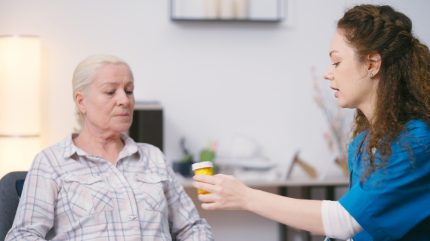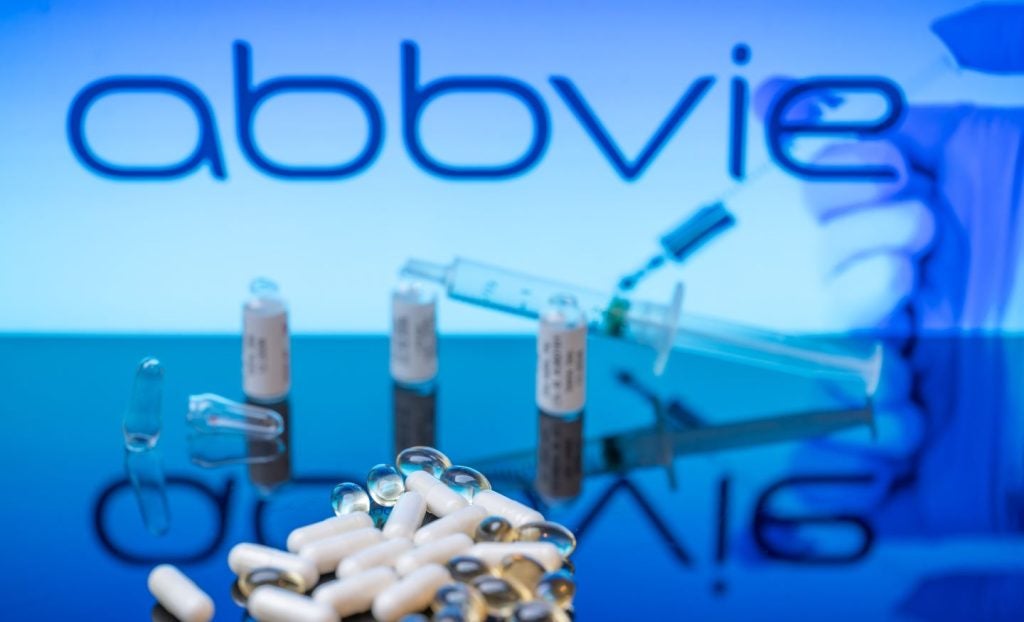
As the number of patients being diagnosed with mental health conditions, diabetes, and other chronic conditions increases, more primary care networks in the UK are utilising social prescribing as a way to help patients and relieve pressure off general practitioners.
Social prescribing is an approach used by the UK’s National Health Services (NHS) where a Social Prescribing Link Worker engages with a patient to support them with a treatment plan. This can be a series of signposts or referrals to support in the community, improve their health and wellbeing, and can involve activities ranging from volunteering and group learning to gardening, healthy eating advice and a range of sports.
How well do you really know your competitors?
Access the most comprehensive Company Profiles on the market, powered by GlobalData. Save hours of research. Gain competitive edge.

Thank you!
Your download email will arrive shortly
Not ready to buy yet? Download a free sample
We are confident about the unique quality of our Company Profiles. However, we want you to make the most beneficial decision for your business, so we offer a free sample that you can download by submitting the below form
By GlobalDataThe approach is being used across the UK, including in Swansea University’s public exhibition centre Oriel Science, which last month the concluded a ten-week project helping brain injury patients undergoing rehabilitation to improve their health and wellbeing through its first Social Prescribing project.
Project co-lead Jessica Fletcher, senior lecturer in biomedical sciences at Swansea University, says: “The great thing about projects like this is that it has the potential to benefit any group of individuals whose psychological wellbeing would benefit from community building in a setting of shared interest.”
Fletcher explains that a brain injury can have a profound impact on many aspects of a patient’s life, such as “social connections, relationships, employment, [and] they might be unable to return to the jobs they did before. So, there’s lots of adapting.”
Despite such benefits to the patient and the community, it remains to be seen what pharmaceutical companies think about social prescribing. Some pharma companies may see social prescribing as a competitor because, “GPs are prescribing something other than our drugs,” says Philip Watts, Head of Customer Excellence at the consultancy Warn and Co.
However, social prescribing could also serve as a boost to the industry. “I think the industry, if they do know about social prescribing, see it as a competitor, whereas it ought to be an accelerate,” said David Thorne, transformation director at Well Up North primary care network—a consortium of nine general practitioner practices.
Increasing drug adherence
One of the main ways that social prescribing and pharmaceutical companies can mutually benefit each other is through increasing drug adherence. Patients may stop taking certain drugs, such as antidepressants or blood pressure tablets too early because they haven’t seen an improvement in their condition.
“Antidepressants take about three to five weeks to work and unfortunately, some people give up…..after a month or so because they don’t think it’s working. You need people who are going to say, whatever you do, don’t stop taking them,” emphasises Thorne. In such scenarios, Link workers can help educate patients about the drugs they’re taking, as some drugs take a while to get kickstarted.
Link workers can also help address patient concerns and ease the workload of doctors’ offices. Thorne highlighted that a clear example of this is actinic keratosis, which is characterised by a rough, scaly patch or bump on the skin. Actinic keratoses are very common and are caused by ultraviolet (UV) damage to the skin, and some actinic keratoses can turn into squamous cell skin cancer. One of the treatments for this condition is 5-fluorouracil (5-FU) cream, a chemotherapy agent that is applied to the affected area. During treatment, the cream can cause temporary irritation and inflammation in the treated areas of the skin.
Thorne explained how social prescribers can increase adherence to these treatments by giving support to the patients during their course. “A GP told me that he prescribes the cream around three times a week, and half those people come back and get another appointment because they’ve misunderstood the side effects. We don’t want people taking doctors’ time to do that,” said Thorne.
Increasing vaccine uptake
Social prescribing programmes can also have an impact on the uptake of vaccines. This can prove critical in providing education to address misinformation or when patients are concerned about the effects of the measles, mumps, and rubella (MMR) vaccine and Covid-19 vaccines.
Commenting on this, Watts says: “Unfortunately GPs will not have the time to do this. The whole reason social prescribing is there is because the GP is so pushed [for time] and may only have five minutes with a patient. They haven’t got the time to properly explain to somebody why they should do this, what the pros and cons are, and what the benefits are.
“I see social prescribing almost as being an education program, which I could easily see being sponsored by the pharma industry.”
Adding value to the patient experience
Speaking about his time working for the pharmaceutical industry, Watts explains that while initially patients were just offered a therapy to use, social prescribing could add value to the patient experience when they decide to take certain drugs. “Something that I would think the industry needs to wake up to is if you’re going to carry on being successful, you need to think about lower profit margins and adding value to your brand,” he adds.
Obesity drugs are a good example of how the treatment does not stop with only the drug’s use. Novo Nordisk’s Wegovy (semaglutide) or Eli Lilly’s Zepbound (tirzepatide), both GLP-1 receptor agonists, have been gamechangers since their US approvals in 2021. Wegovy’s approval label states the drug should be used in addition to a reduced calorie diet and increased physical activity. However it is not certain how much this is regulated when the drugs are prescribed to patients.
Watts described how pharmaceutical companies could ensure that they are living up to their mission statements by improving the lives of patients: “I would like every person who’s prescribed that [obesity drug], and who’s then likely to be on it for the rest of their lives, to be given a voucher to go and buy a bike, or to go and buy a pair of trainers.
“The two things are not mutually exclusive. So, you don’t get fit and stop taking the drug. You carry on taking it, but you’re also getting fit,” adds Watts.
Thus, social prescribing can have significant benefits to patients and the community, by increasing awareness and education, and taking the pressure off GP services, but also benefit pharmaceutical companies.
“There’s always going to be a budget for drugs, and the two [social prescribing] could go together,” said Watts.






